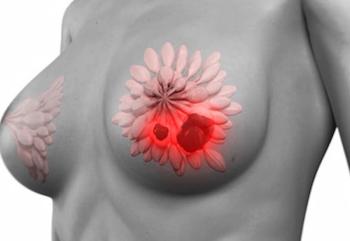
Oncology NEWS International
- Oncology NEWS International Vol 18 No 1
- Volume 18
- Issue 1
Results may be biased
The [Godinez study] referral pattern for MRI represents a bias in this study population toward young women and women with ambiguous findings on routine imaging, who are not necessarily the same patients referred for APBI, said Dr. Woodward, assistant professor of radiation oncology at M.D. Anderson Cancer Center.
The [Godinez study] referral pattern for MRI represents a bias in this study population toward young women and women with ambiguous findings on routine imaging, who are not necessarily the same patients referred for APBI, said Dr. Woodward, assistant professor of radiation oncology at M.D. Anderson Cancer Center. She also said the cohort included 13 patients who received neoadjuvant chemotherapy, making them ineligible for APBI, which may further bias these results.
“It would be helpful to have a validation of these data in a cohort of women without an underlying indication for MRI referral, to confirm the usefulness of this modality in the general population of breast cancer patients eligible for APBI,” she said.
Also, APBI efficacy data primarily exists for selected groups of women. “A similar study of breast MRI among these selected groups would assist in determining the true cost-benefit ratio for MRI in APBI,” Dr. Woodard said. “It is premature to suggest that incorporation of MRI would make APBI universally acceptable for women of this cohort with single lesions.”
Articles in this issue
almost 17 years ago
UK health board rejects multiple myeloma drugalmost 17 years ago
Phase II often signals end of line for trialsalmost 17 years ago
Exiqon offers relapse test for colon canceralmost 17 years ago
Medicare offers broader coverage for PET scanalmost 17 years ago
Imaging in clinical trials calls for more than one-dimensional measurementsalmost 17 years ago
Diet high in fat escalates risk of ovarian canceralmost 17 years ago
ASCO favors routine KRAS test in colon caalmost 17 years ago
Aid in dying wins approval if patient gives lethal dosealmost 17 years ago
Escalating doses of vorinostat amplify response in relapsed multiple myelomaNewsletter
Stay up to date on recent advances in the multidisciplinary approach to cancer.


















































































